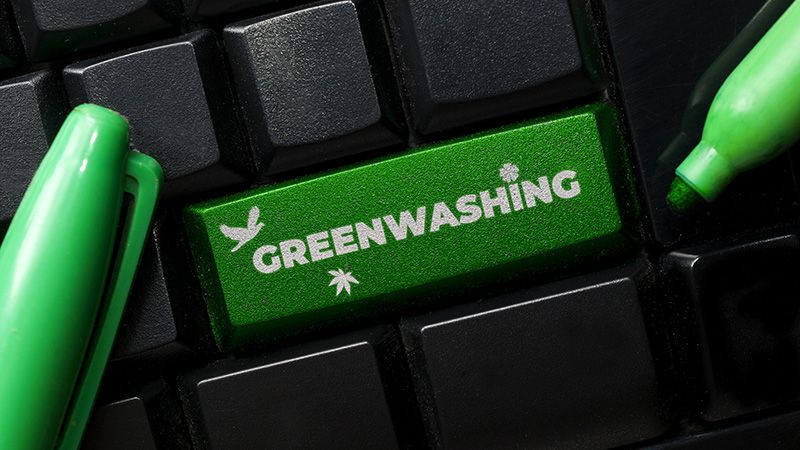Although there has been a 12% decrease in greenwashing risk globally across all sectors, high-risk cases of greenwashing have surged by over 30%, research from RepRisk has found.
RepRisk’s third annual greenwashing report – A Turning Tide in Greenwashing? Exploring the first decline in six years – defines high-risk greenwashing as cases that are classed as ‘high severity’. It identifies greenwashing as either through misleading communication or an environmental issue such as local pollution or impacts on landscapes, ecosystems, and biodiversity.
The severity of greenwashing incidents is marked through three dimensions: First is the consequences of the risk incident, for example, the scale of environmental repercussions relative to the green claims; second is the extent of the impact, for example, the number of people impacted by an incident; and third is whether the risk incident was caused by accident, negligence, or intent. From these markers, cases are labelled as low severity, medium severity, or high severity.
The research suggested a 30% rise in high-risk cases of greenwashing is a result of increased regulatory measures and companies engaging in greenhushing out of fear of pushback from stakeholders, especially consumers, investors and regulators.
The report also found an increase in the severity of greenwashing cases, but a fall in net cases, which suggests companies understand that greenwashing is a material offence and are taking proactive steps to mitigate this risk.
Yet, the increase in high-risk greenwashing cases suggests that more regulation and transparent data is needed to reduce cases and tackle the growing number of severe incidents.
Further, the report found regulations have had an impact on the overall downward trend. While the UK saw a 4% decrease in incidents, the EU experienced a 20% drop. This could be explained by the legislation that came into effect in the past 12 months, for example, the EU’s Green Claims Directive mandates that companies substantiate their environmental claims with robust evidence.
The report also examined greenwashing cases in the US, revealing although cases peaked in 2022 – with a 35% year-over-year increase from 2021 – this was followed by a 10% decline in 2023 and a 6% rise in 2024. This could be because of the increasing politicisation of ESG. The earlier decline may also be linked to companies and funds becoming more cautious about promoting green credentials, responding to pressure from investors, state attorneys general and other state-level political figures opposed to considering ESG criteria in investments.
Dr. Philipp Aeby, chief executive and co-founder of RepRisk, said: “Stakeholders are more aware of greenwashing risk than ever before. While regulators have successfully pushed forward legislation to deter greenwashing, the risk will keep evolving as new forms emerge, leaving companies open to reputational damage which impacts their bottom line.
“Greenwashing is often driven by corporate narratives. To uncover it, investors and companies should rely on what external sources reveal about these claims.”








